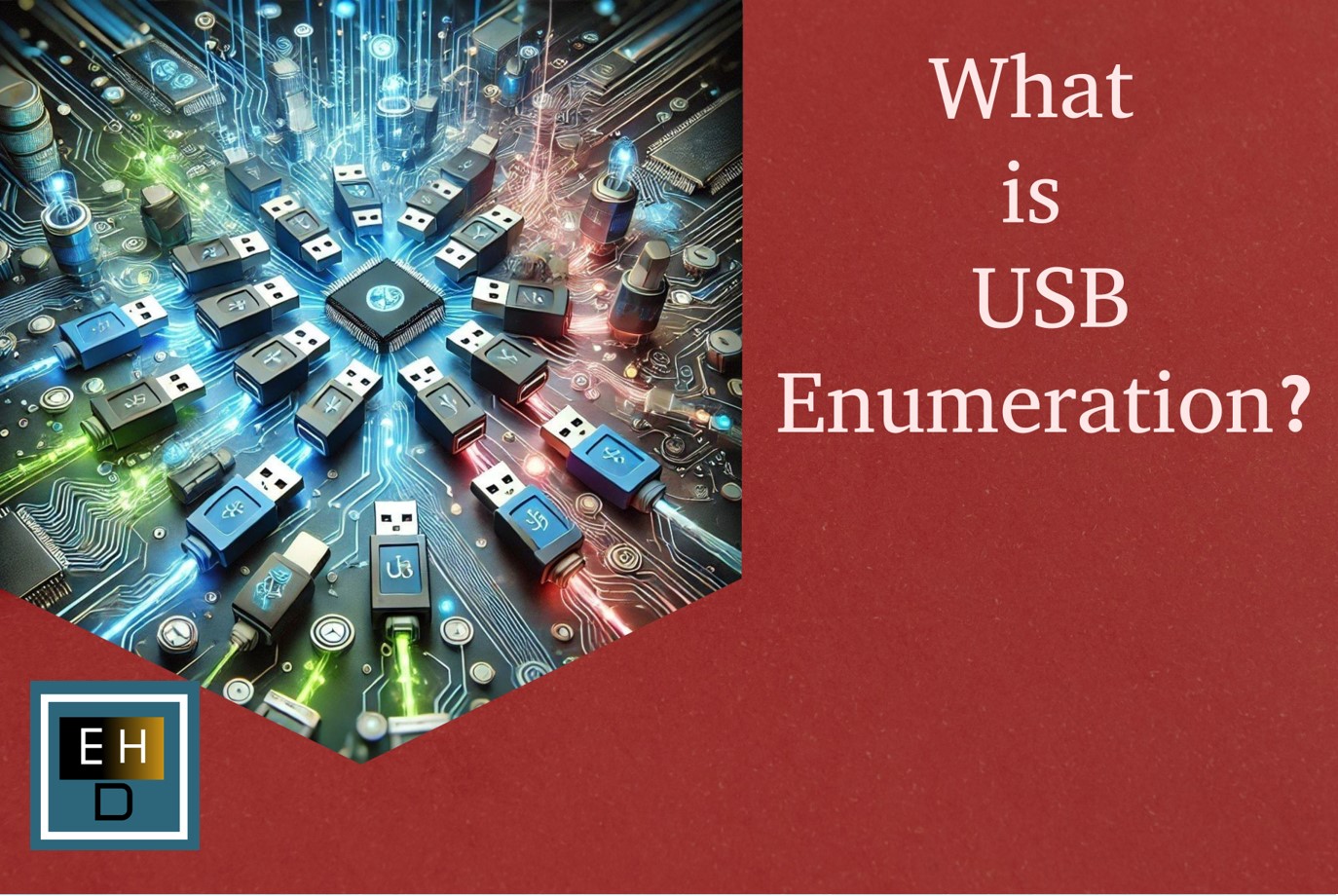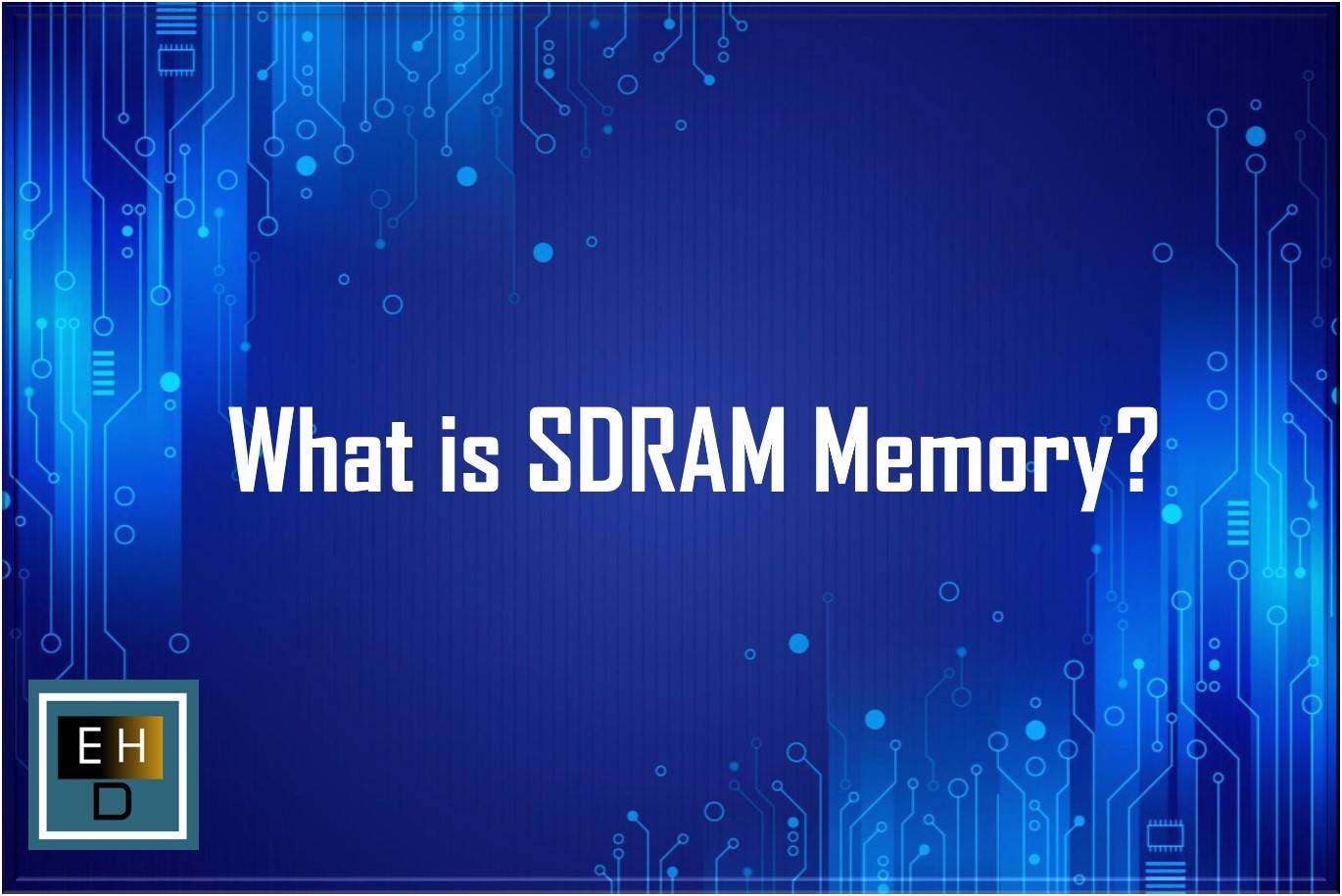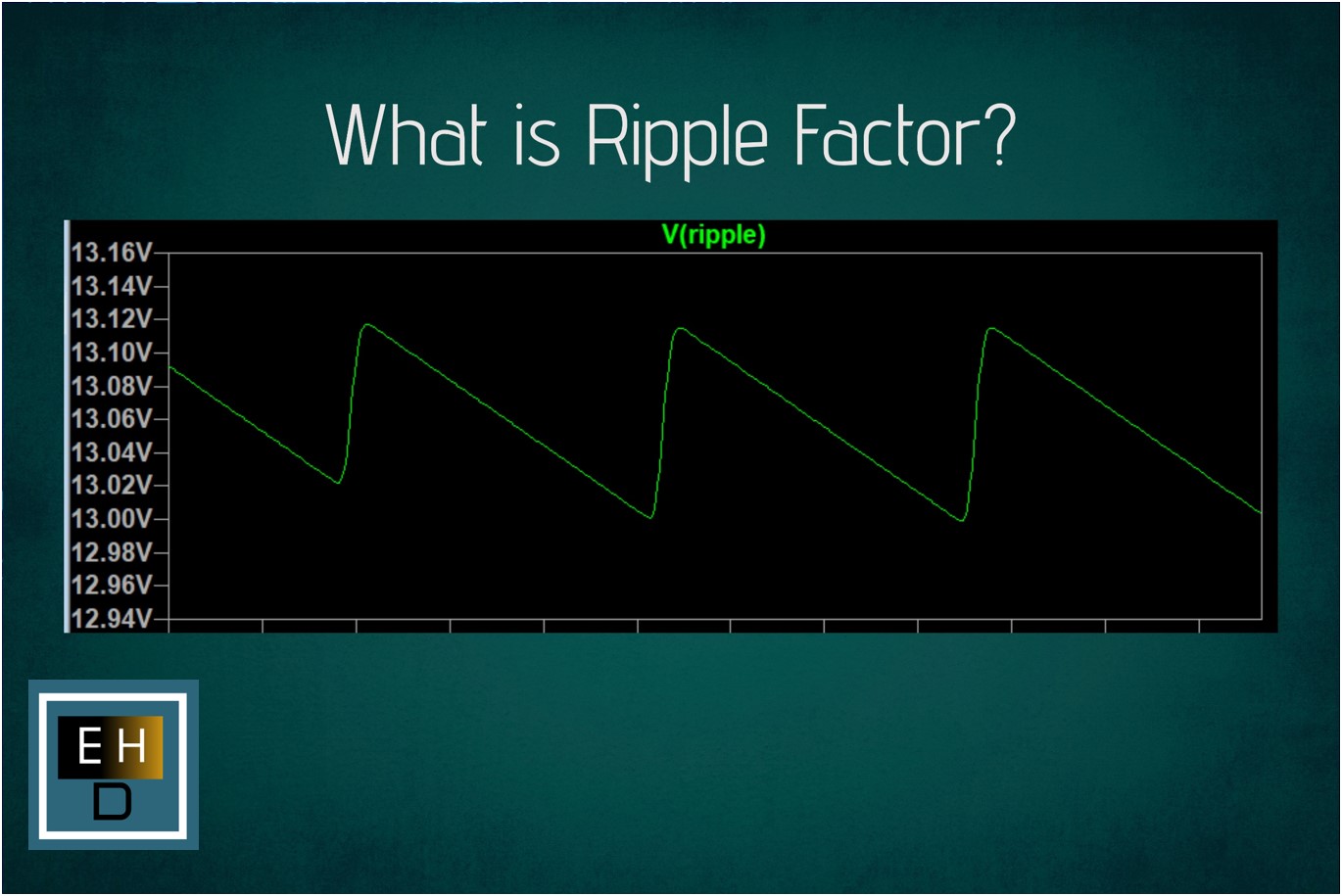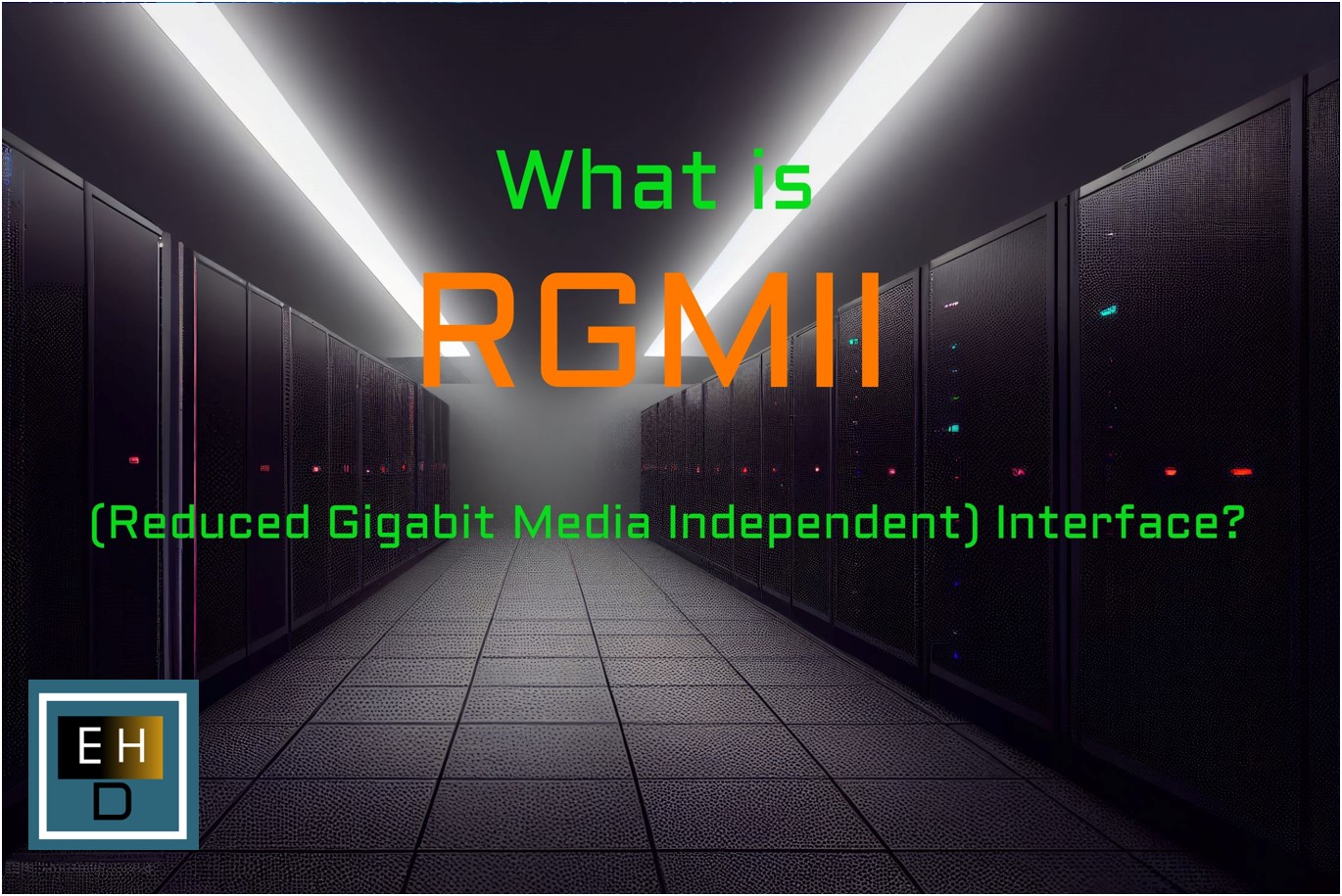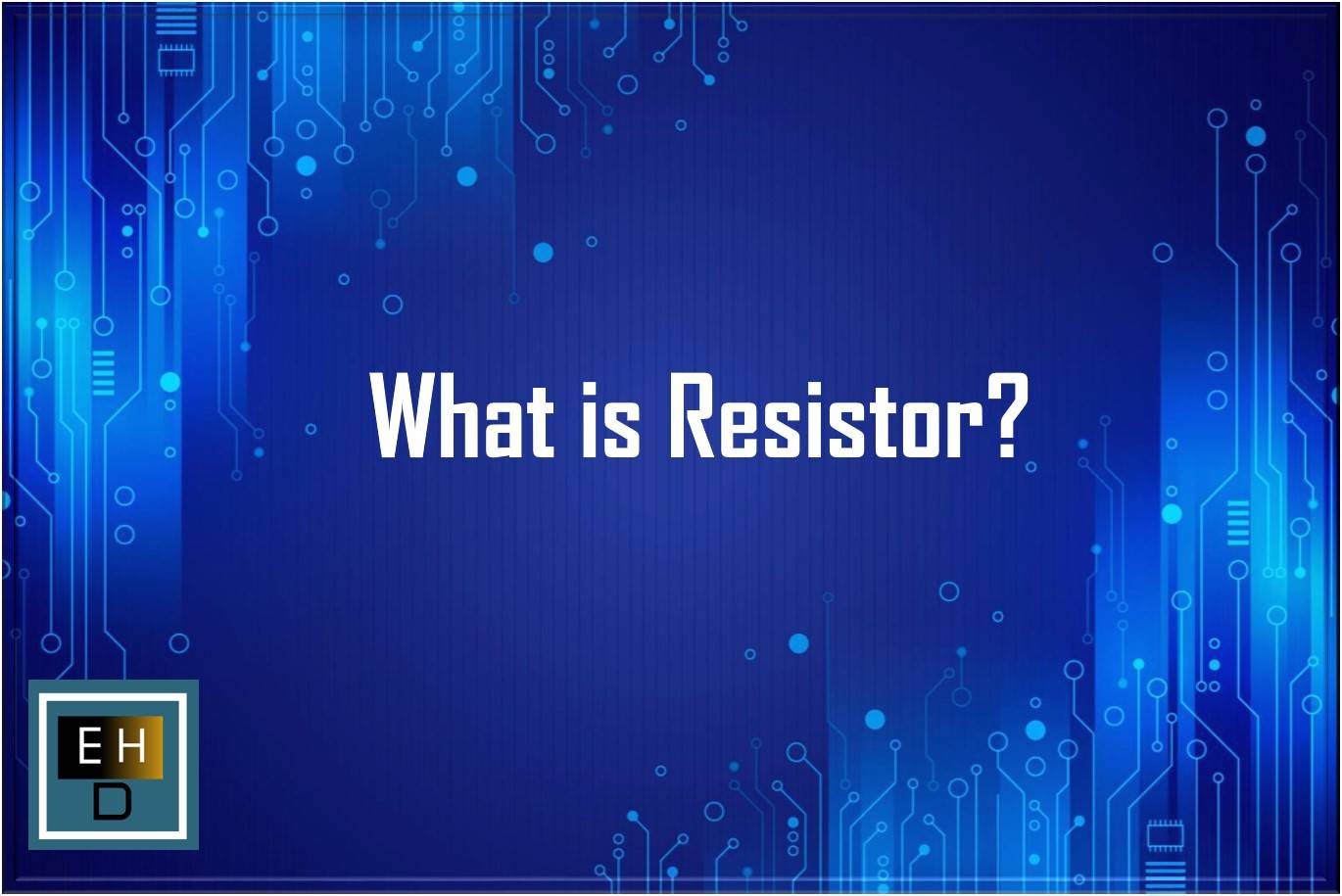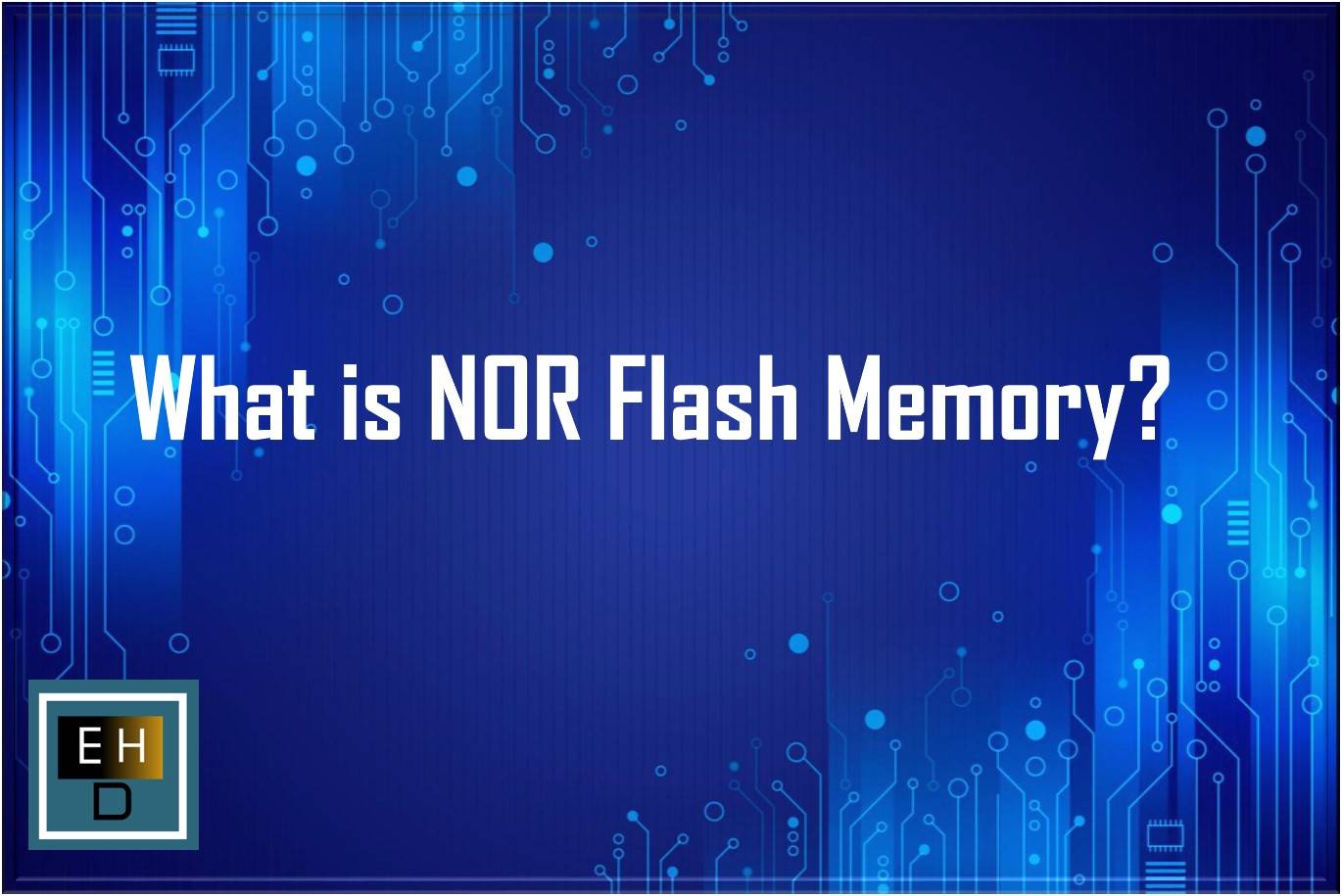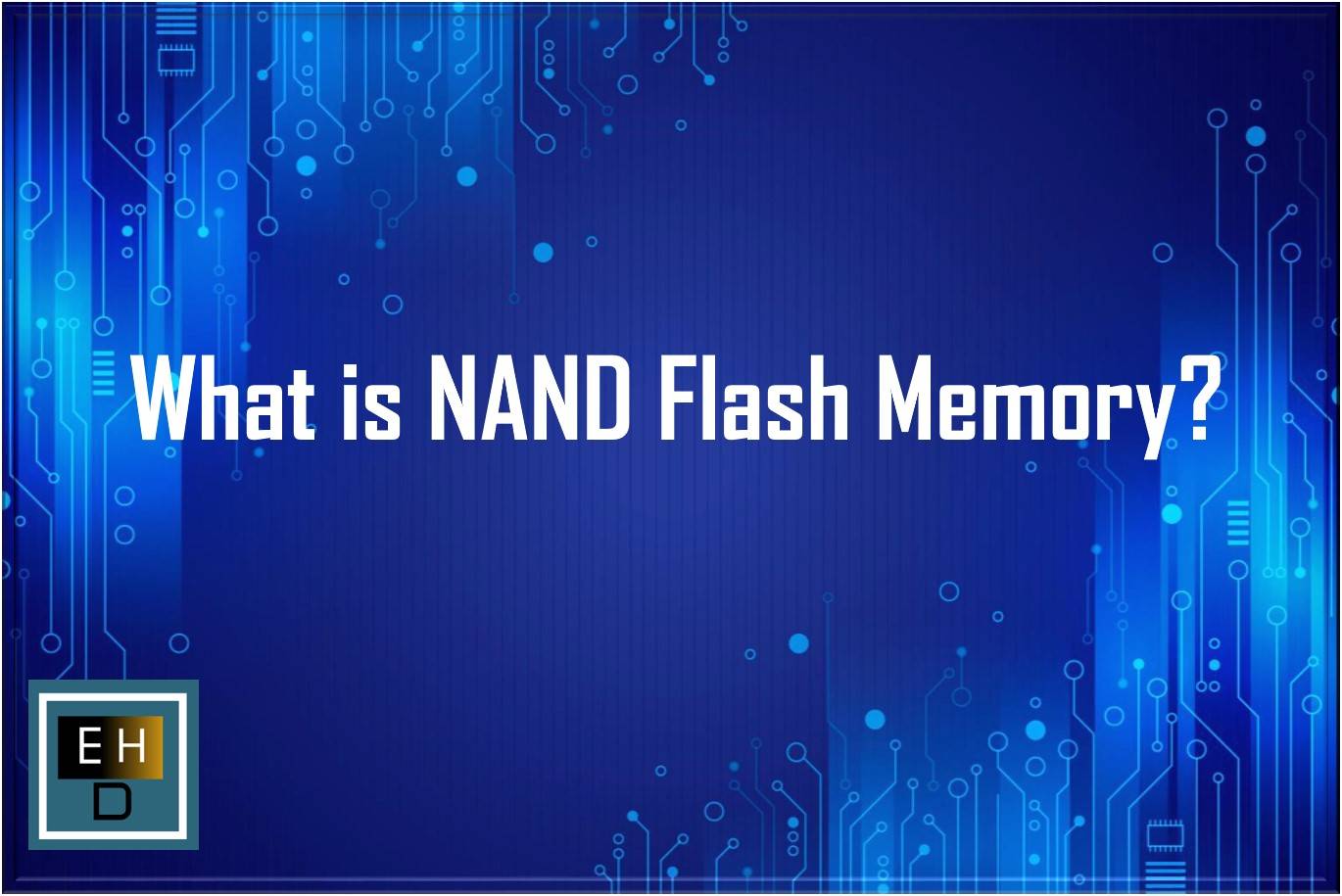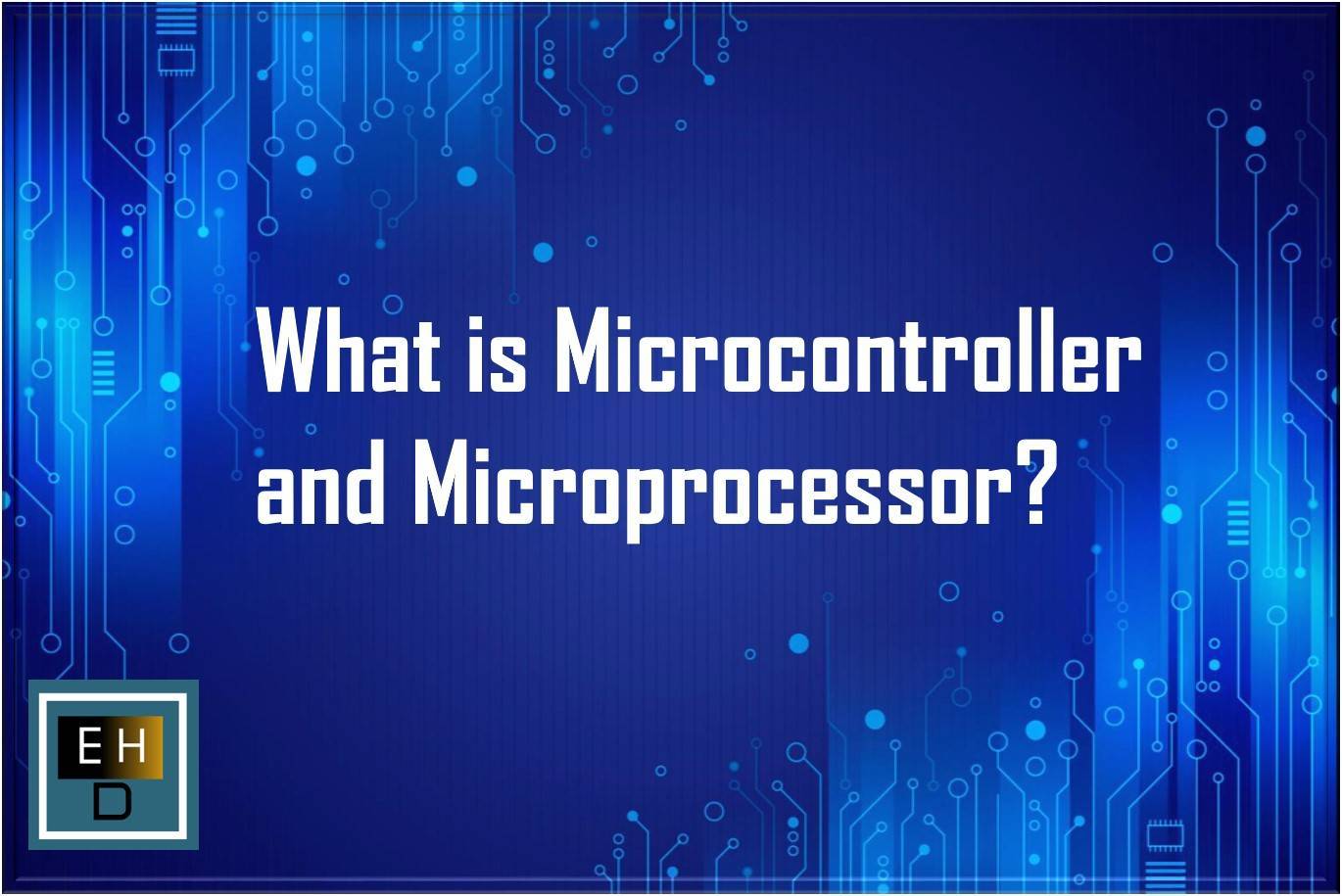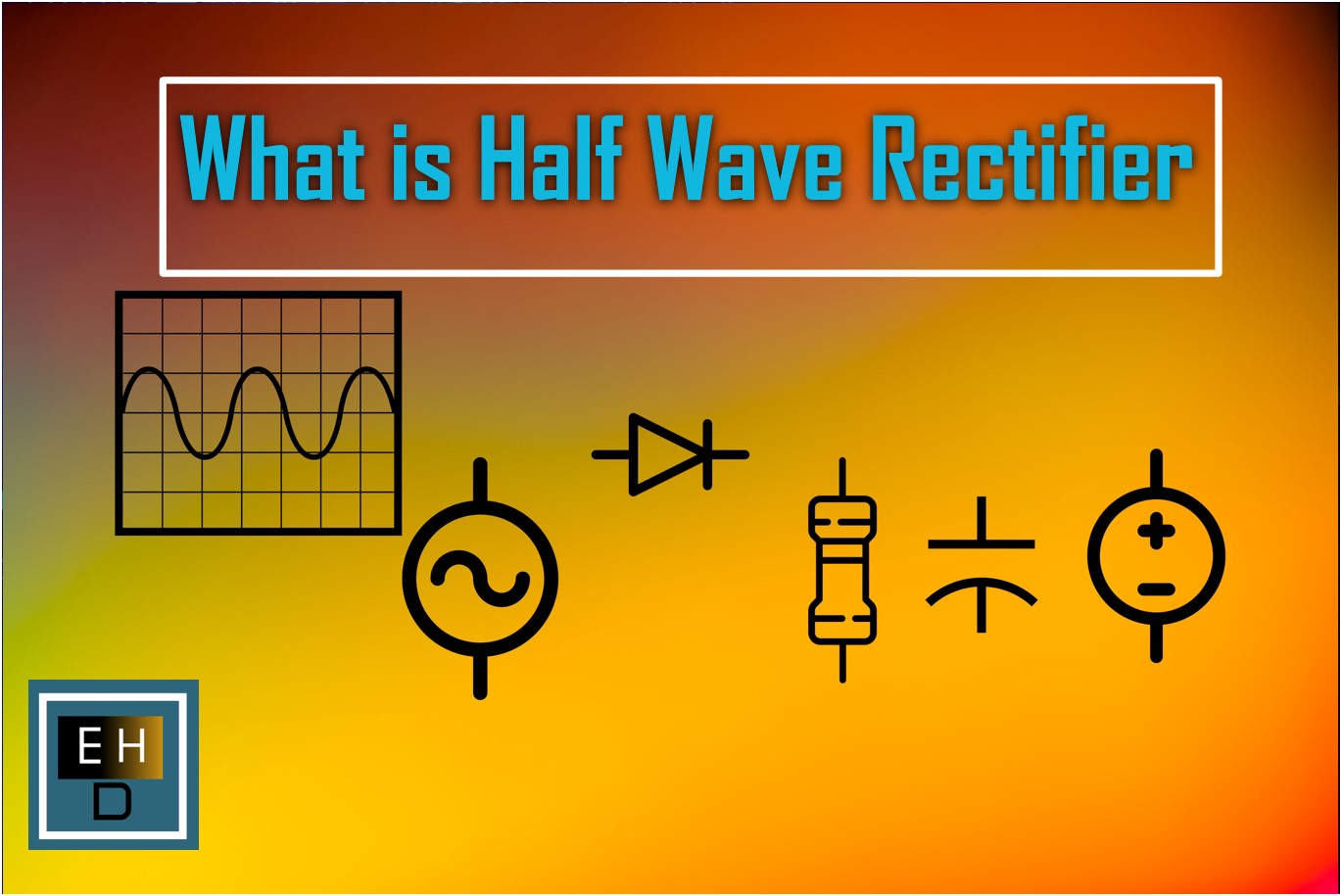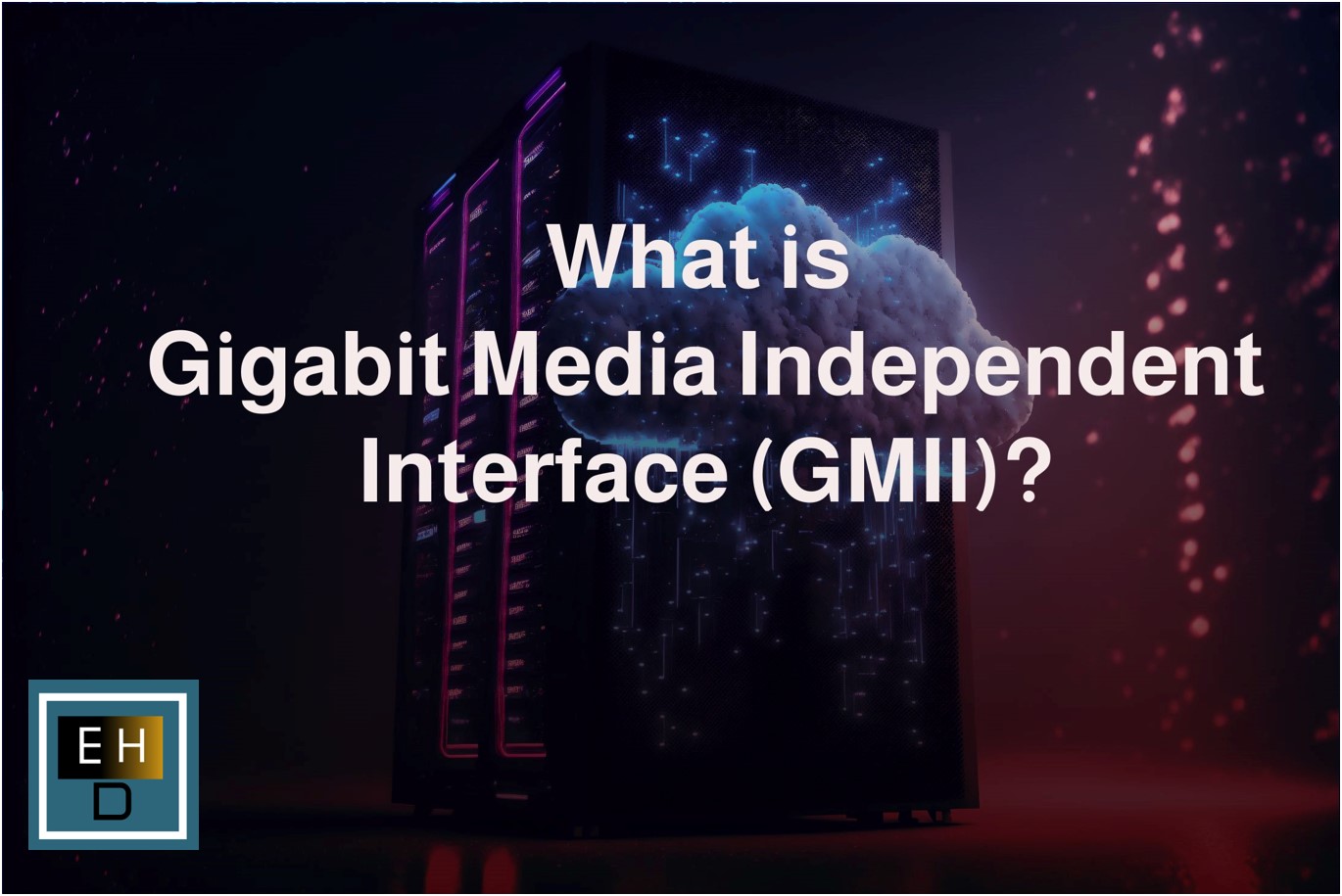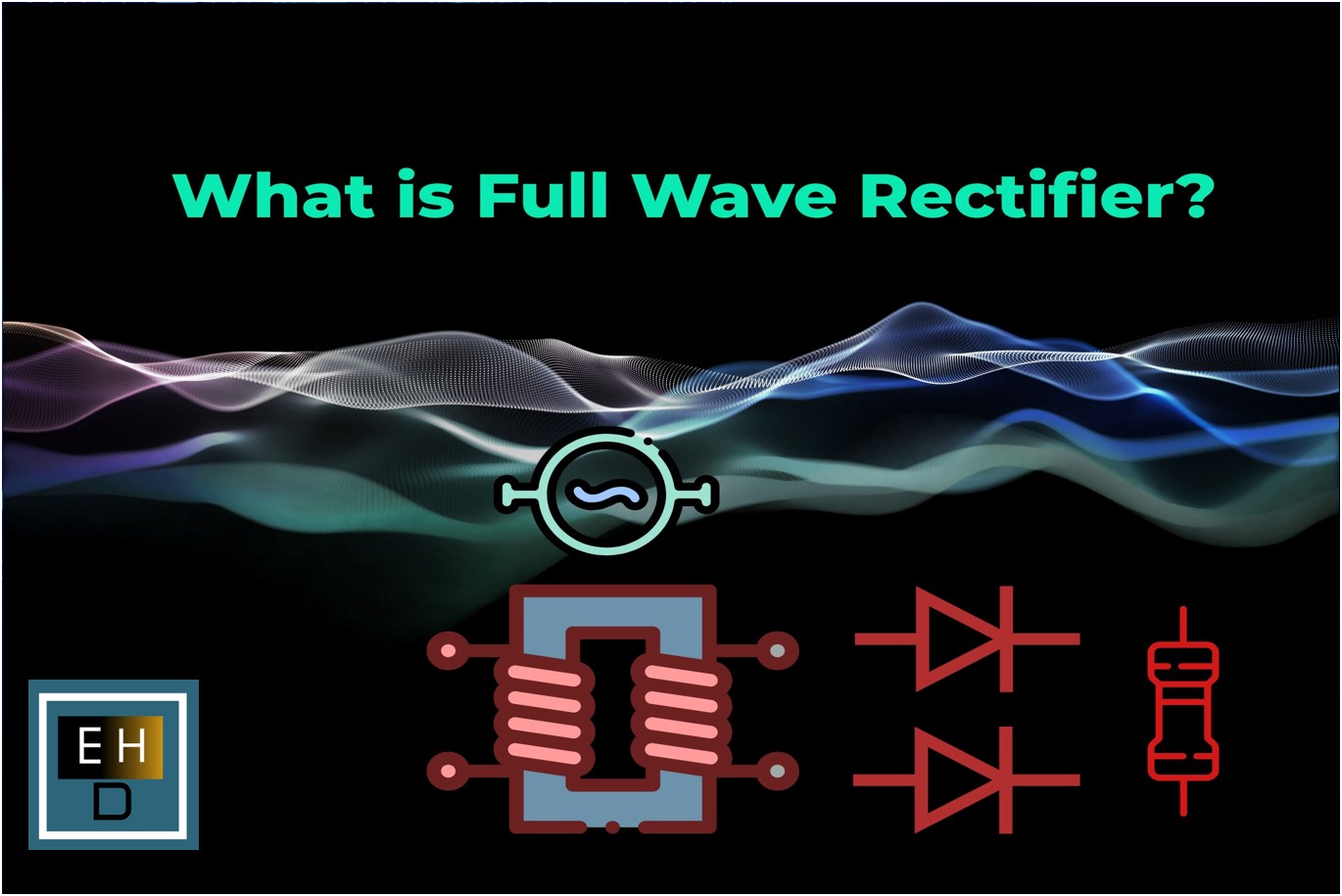The Raspberry Pi Zero 2 W stands out for its impressive performance. It is powered by a quad-core 64-bit ARM Cortex-A53 processor running at 1GHz and supported by 512MB of SDRAM, fulfilling all the requirements of IoT applications.
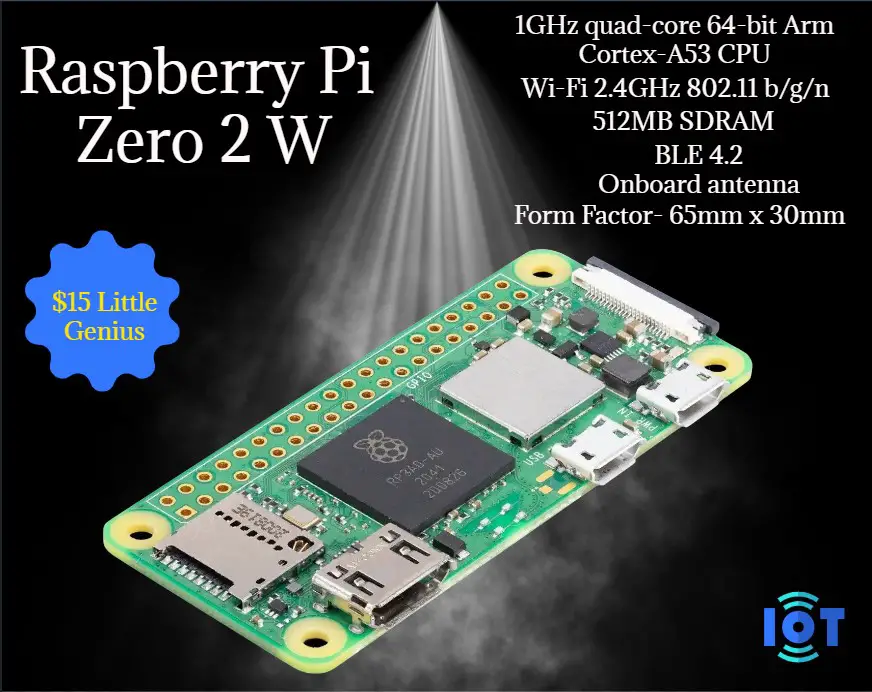
Raspberry Pi has introduced the Raspberry Pi Zero 2 W, a remarkable iteration packed with power yet retaining its compact design. This $15 tiny computer is powered by RP3A0, a custom-built system-in-package showcasing processing speeds up to five times faster than its predecessor, the original Raspberry Pi Zero.
The Raspberry Zero 2 W redefines wireless connectivity with its incorporation of 2.4GHz 802.11 b/g/n wireless LAN and Bluetooth 4.2, inclusive of Bluetooth Low Energy (BLE) capabilities. Its on-board antenna ensures steadfast wireless performance, offering users unparalleled flexibility in connectivity.
Remaining faithful to its predecessor, the Raspberry Pi Zero 2 W maintains essential ports, including a mini HDMI® port for seamless video output, a micro USB On-The-Go (OTG) port, and a microSD card slot. Its inclusion of a CSI-2 camera connector amplifies its utility across diverse applications.
With support for H.264 and MPEG-4 decode (1080p30), H.264 encode (1080p30), and OpenGL ES 1.1 and 2.0 graphics capabilities, the Zero 2 W exemplifies excellence in handling multimedia content, capable of meeting high-definition needs effortlessly.
Measuring a mere 65mm x 30mm, the Zero 2 W redefines the boundaries of compact computing without compromising on potential. Its diminutive form factor opens up vast horizons for IoT projects, smart home applications, and beyond, igniting innovation in a confined space.
In tandem with the Zero 2 W, Raspberry Pi introduces a suite of purpose-built accessories, including high-quality, cost-effective cables, adapters, and the official Raspberry Pi Micro USB Power Supply. These accessories are meticulously designed to seamlessly integrate with the Zero 2 W, ensuring a streamlined setup and uninterrupted performance.
Undergoing rigorous compliance testing, the Raspberry Pi Zero 2 W adheres to various regional and international standards, affirming its commitment to industry regulations. Comprehensive documents such as the Getting Started Guide and Product Brief serve as invaluable resources, simplifying the device setup and operation.
The Raspberry Pi Zero 2 W is Set to Drive the IoT Projects
Utilizing the Zero 2 W, enthusiasts can craft a smart lighting system that responds to various triggers. By integrating sensors or schedules, users can automate lighting based on occupancy, daylight levels, or specific time schedules. For instance, lights can automatically dim or turn off when no motion is detected in a room, enhancing energy efficiency.
The device’s compatibility with sensors makes it ideal for monitoring environmental parameters within the home. Integration of temperature, humidity, and air quality sensors allows for real-time monitoring and data collection. Users can receive alerts or automate actions based on predefined thresholds, ensuring a comfortable and healthy indoor environment.
The Zero 2 W can be employed to create a DIY security system. By connecting a camera module to the CSI-2 camera connector, users can set up video surveillance systems. Motion detection algorithms can trigger alerts or recordings, enhancing home security by providing real-time monitoring and potential evidence in case of incidents.
With its GPIO pins and interfaces, the Zero 2 W enables the automation of various household appliances. Users can control and schedule the operation of devices such as coffee makers, thermostats, or even irrigation systems for gardens, adding convenience and efficiency to daily routines.
Integration with voice recognition software allows users to control various aspects of their smart home using voice commands. Through services like Google Assistant or Amazon Alexa, the Zero 2 W becomes the hub for voice-controlled applications, enabling hands-free operation of devices and systems.
The arrival of the Raspberry Pi Zero 2 W is a game-changer in the field of IoT Projects and applications. Its impressive speed upgrades, better connectivity, and unwavering dedication to staying compact truly set a new standard. This latest version has the potential to revolutionize what hobbyists, innovators, and tech fans can achieve, opening up a world of exciting possibilities.
Author Profile
- 20+ years embedded hardware design professional with a burning passion for teaching. Sharing the intricate world of embedded hardware is my mission and joy.
Latest entries
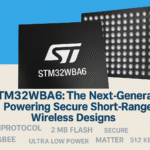 Tech Updates30 November 2025STM32WBA6: The Next-Generation MCU Powering Secure Short-Range Wireless Designs
Tech Updates30 November 2025STM32WBA6: The Next-Generation MCU Powering Secure Short-Range Wireless Designs Blogs24 November 2025High-Speed PCB Layout Design Guide-104
Blogs24 November 2025High-Speed PCB Layout Design Guide-104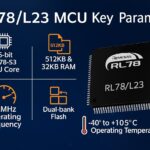 Tech Updates14 September 2025Renesas Launches RL78/L23 Ultra-Low-Power MCUs to Power Smarter Home Appliances
Tech Updates14 September 2025Renesas Launches RL78/L23 Ultra-Low-Power MCUs to Power Smarter Home Appliances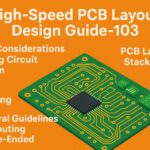 Blogs7 September 2025High-Speed PCB Layout Design Guide-103
Blogs7 September 2025High-Speed PCB Layout Design Guide-103

